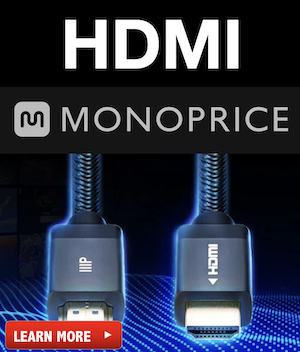Tony V.
Senior Member
More
- Preamp, Processor or Receiver
- Onkyo TX RZ920
- Main Amp
- Samson Servo 600
- Additional Amp
- QSC MX1500
- Universal / Blu-ray / CD Player
- Panasonic 220
- Streaming Subscriptions
- Denon DT 625 CD/Tape unit, Nintendo WiiU, and more
- Front Speakers
- EV Sentry 500
- Center Channel Speaker
- EV Sentry 500
- Surround Speakers
- Mission 762
- Surround Back Speakers
- Mission 762
- Subwoofers
- SVS PB13u
- Video Display Device
- Panasonic AE 8000
- Remote Control
- Logitech 1100
Just recently installed a new Onkyo receiver with class D3 amps.
After a few weeks of use I can say that the sound quality of the D3 amps sound the same as my previous AB class receivers did. I know there is resistance from many old school users but is this justified?
I've seen comments that class D frequency response can not go as low as A/B switching amps but if that was true then why have many high end sub manufacturers been using class D for some time now. I've also read some say class D is noisy but I can't hear a sound out of my speakers unless I crank the volume well past any reasonable levels and sound quality as I said earlier is as good as I've ever heard.
Thoughts?
After a few weeks of use I can say that the sound quality of the D3 amps sound the same as my previous AB class receivers did. I know there is resistance from many old school users but is this justified?
I've seen comments that class D frequency response can not go as low as A/B switching amps but if that was true then why have many high end sub manufacturers been using class D for some time now. I've also read some say class D is noisy but I can't hear a sound out of my speakers unless I crank the volume well past any reasonable levels and sound quality as I said earlier is as good as I've ever heard.
Thoughts?
Last edited:









